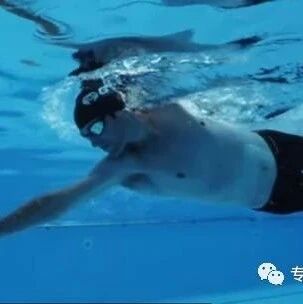Being well-rounded in the water is crucial for swimming—often rolling around in the pool can be incredibly effective.
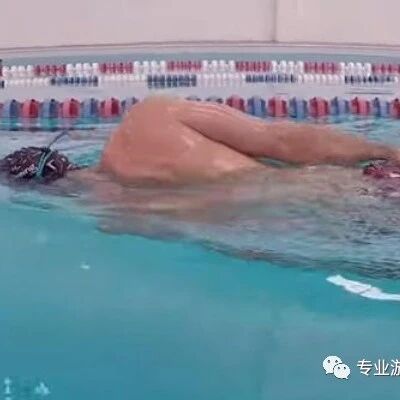
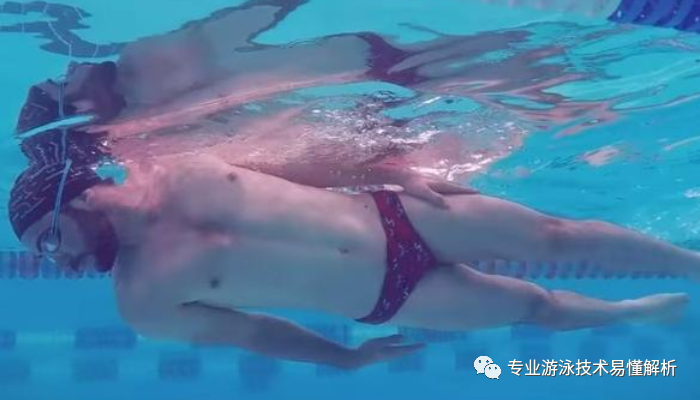
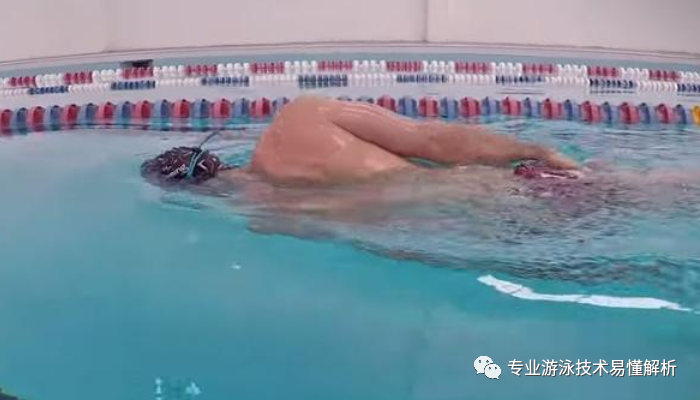
When performing the side-turn exercise and needing to breathe, use your core strength to twist your body into a back-facing position while keeping your head stable. Continue kicking your legs as you smoothly and naturally open your mouth to take a breath. As your body rotates, exhale steadily through your nose—this prevents water from entering your mouth or nostrils. Once you’ve finished breathing, resume the rotation and gently tuck your mouth and nose back underwater, continuing to exhale slowly and deliberately throughout the process.
When performing the backstroke kick, be careful not to let your feet break the surface of the water. Instead, fully leverage the joint flexibility unique to the backstroke kick—keep your feet flat—and focus on feeling how your feet and lower legs push the water backward.
When your body can roll freely in the water and breathing remains smooth and effortless, you can begin incorporating arm strokes into your rolling motion. However, after completing each stroke, your arms should not break the surface of the water—they should remain gently tucked along your sides. Then, as your body naturally shifts into the next side roll, switch to the other arm for the next stroke.
While practicing, be sure to experiment deliberately with a variety of stroke techniques: try both straight-arm and high-elbow approaches, exploring the unique sensations of "catching" the water versus pushing it backward. Pay special attention to how the arm’s path—whether closer or farther from your body—and the angle between your forearm and upper arm change during the push phase. By moving slowly through these motions, you’ll gradually refine your technique, discovering the most efficient and effective way to propel yourself forward through the water.
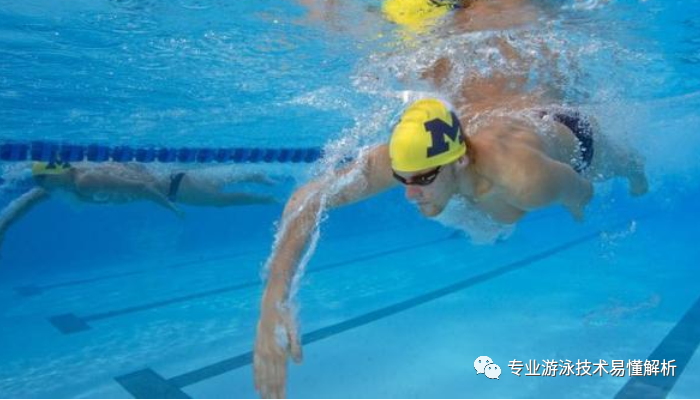
Essentially, the straighter your body is, the easier it becomes to swim; the more solid and stable your body feels, the stronger the combined force generated by all your movements as you glide forward. When you master both a straight, efficient posture and a solid, grounded core, along with a steady head position, your body’s centerline will become increasingly clear—allowing you to move through the water with unwavering stability, much like a perfectly balanced kebab skewered securely on its stick.
Related Articles
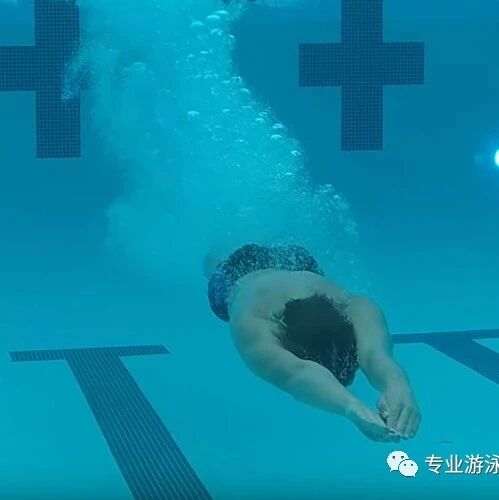
Small tips to speed up your breaststroke—body movement details always make all the difference.
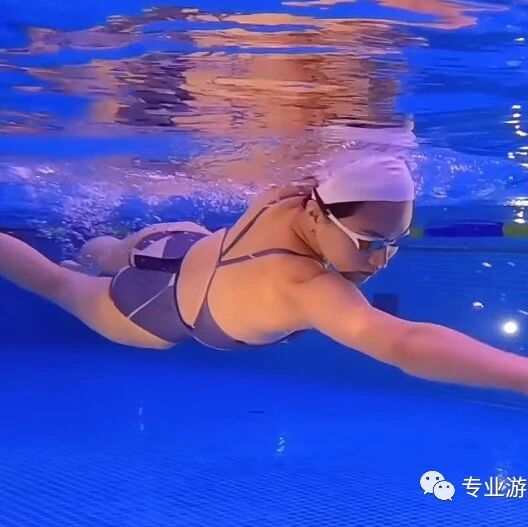
Correct excessive lateral rotation to prevent hip collapse and enhance the fluidity of your freestyle stroke.
